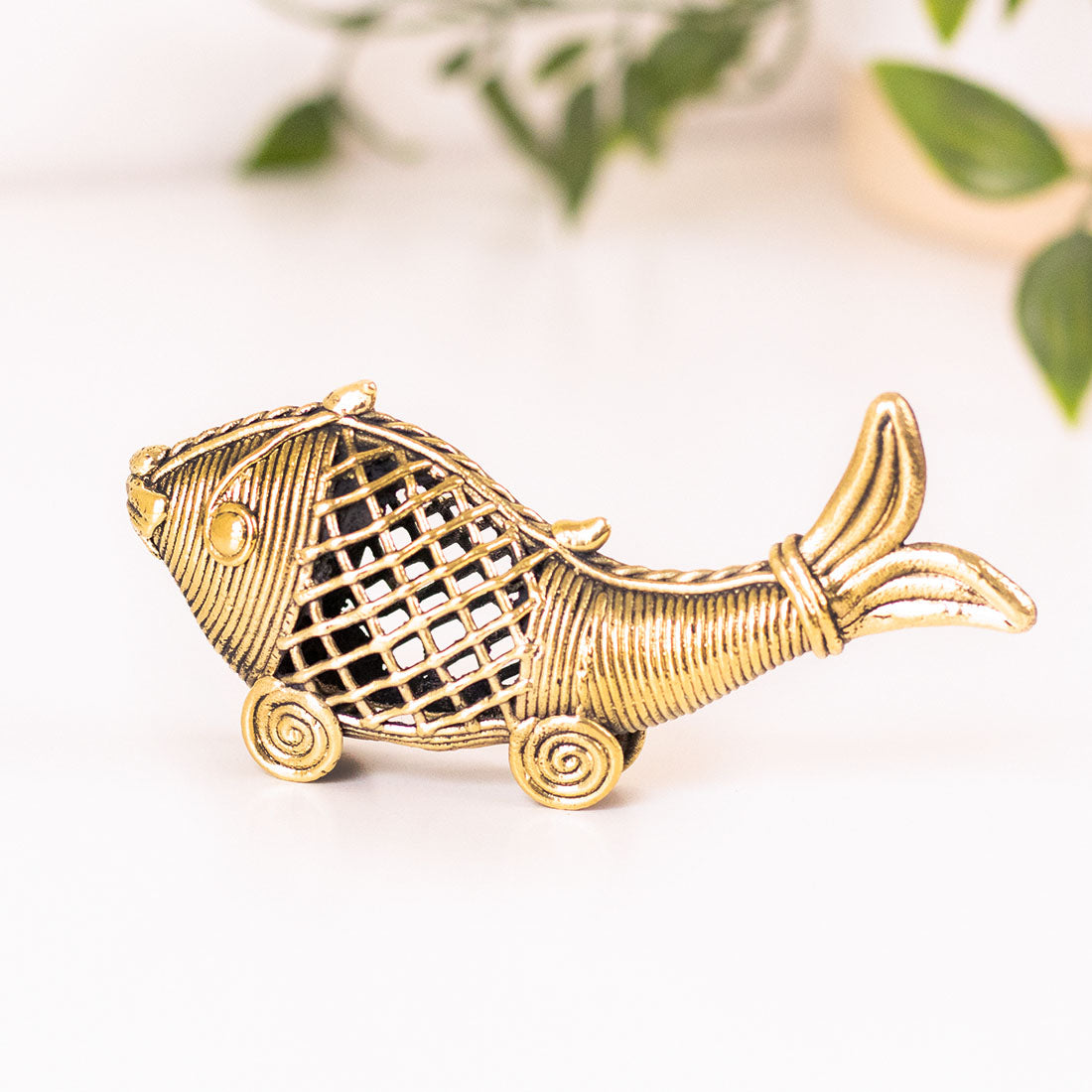We all love to buy and receive gifts, and in that process, we make a lot of different choices, from what to buy, where to buy it, and how to present the gift in a meaningful way.
These days we have become environmentally conscious and instead of choosing regular wrapping paper, we might opt for a more sustainable way of gift wrapping such as a box or gift bag. An added bonus to being better for the environment is that you don’t need to wrap anything, just place your gift inside it and it will look super stylish. And don’t forget that you can reuse them!If you want to go all-in, why not choose a product made from Sabai grass? These are highly sustainable products with great durability, and no trees are cut in the process!
Sabai Grass
Sabai grass appears after the monsoon season and is used to create amazing sustainable products such as table mats, coasters, boxes, and wall hangings. Found in Jagatasinghpur and Kendrapada, villages in the Orissa district, this plant grows to a height of about 182 cm in these riverside villages and is collected by groups of village women. Once collected, the grass is split into two even strands and left to dry. After drying, which usually takes about 20-25 days, it changes color from pale green to mild yellow and later to golden yellow. Natural dyes are used to give them beautiful colors such as magenta, purple and green.People are opting to use products made of Sabai grass as they have now started realizing the beauty of these eco-friendly and biodegradable products, a choice which also helps reduce the use of plastic. There is more of a demand for these handmade items not just in the local markets, but also internationally.
With a variety of uses and an increasing demand for Sabai grass products, there are about 2000 women in Odisha itself involved in this growing handicraft industry. It has made them independent, confident and provided a reliable source of income for their families.

